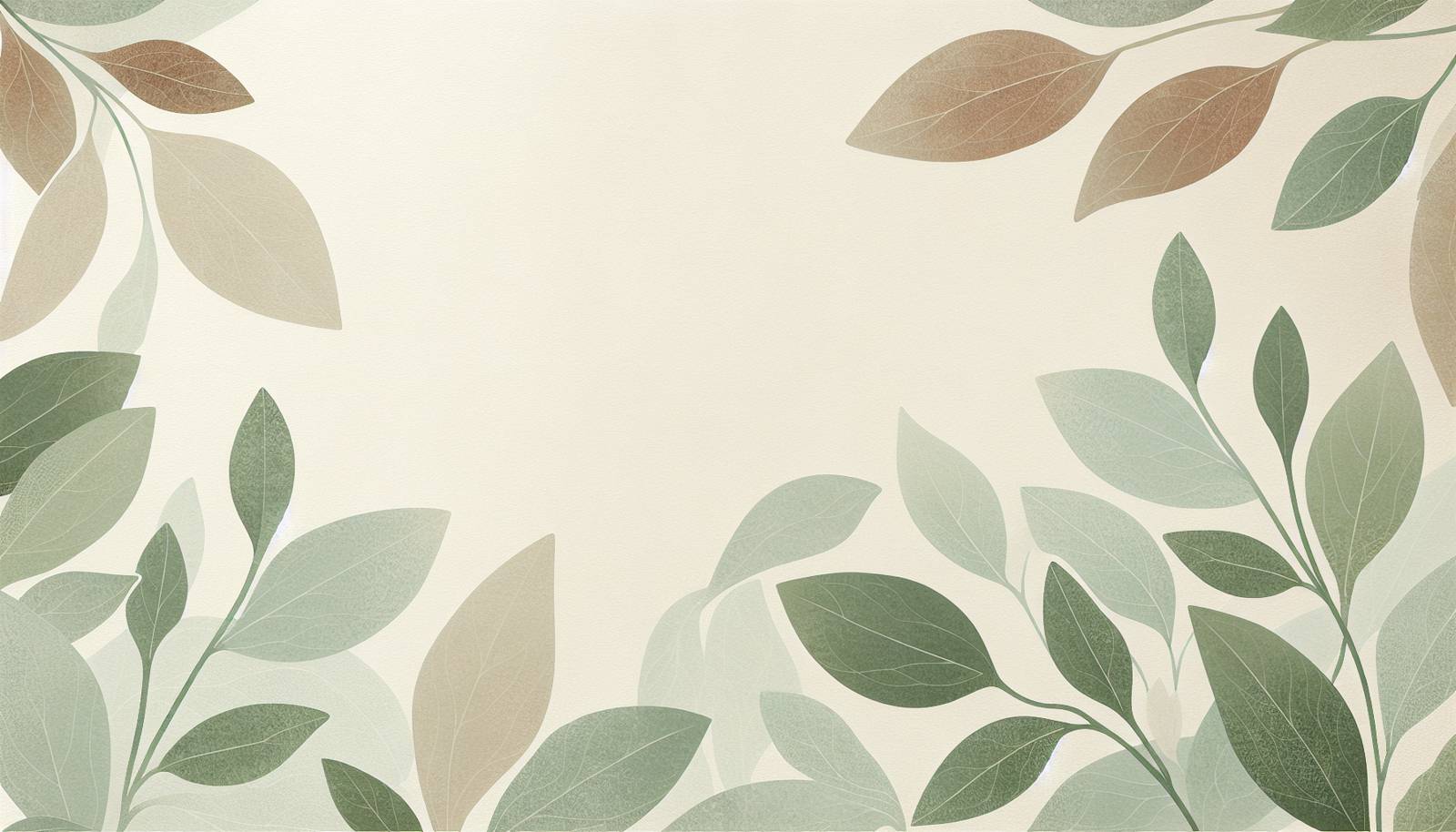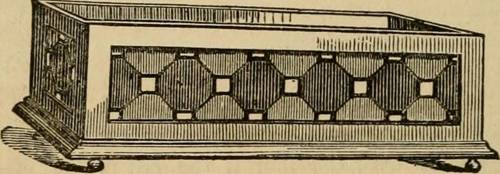
FAQ About Common Indoor Plant Problems and How to Fix Them

What causes the leaves of indoor plants to turn yellow?
Yellowing leaves can be caused by several factors including overwatering, underwatering, lack of nutrients, or insufficient light. It's essential to assess the plant's environment and watering schedule. Make sure to provide the right amount of water, check if the plant is receiving adequate light, and consider supplementing with fertilizers if nutrient deficiency is suspected.

Why is my indoor plant drooping even though I water it regularly?
Drooping can result from overwatering, root rot, or even lack of water. It's important to check the soil moisture level; overly wet soil can suffocate roots leading to drooping. Ensure good drainage and let the soil dry out between waterings. If the roots are rotted, repotting with fresh, well-draining soil is necessary.

How can I prevent root rot in my houseplants?
To prevent root rot, ensure that your plants are potted in soil with good drainage and that containers have drainage holes. Water only when the top inch of soil is dry and avoid leaving plants in standing water. If rot is suspected, trim away affected roots and repot the plant in fresh soil.

What should I do if my plant's growth seems stunted?
Stunted growth could be due to inadequate lighting, poor soil quality, or wrong pot size. Ensure your plant is getting sufficient light relative to its needs. Consider repotting the plant with fresh soil and into a larger pot if the roots are crowded.

Can low humidity affect indoor plant health, and how can I fix it?
Yes, low humidity can lead to dry brown edges on leaves and poor overall plant health. Increase humidity by misting the plants, placing a humidifier nearby, or setting pots on trays filled with pebbles and water.

How do I diagnose nutrient deficiency in my indoor plants?
Nutrient deficiencies manifest as discolored leaves, poor growth, or leaf drop. Conduct a soil test to confirm deficiencies and use a balanced, water-soluble fertilizer to address any issues, adjusting based on specific nutrient needs.

What are common pests that can affect indoor plants and how do I control them?
Common pests include spider mites, aphids, and mealybugs. Control measures involve physically removing pests, using insecticidal soap, or introducing beneficial insects like ladybugs. Regularly inspect plants and maintain proper humidity and cleanliness to prevent infestations.

Why are the tips of my plant's leaves turning brown?
Brown tips can result from underwatering, low humidity, or salt buildup from fertilizers. Adjust watering practices, increase humidity, and occasionally flush the soil with water to remove excess salts.

How often should I water my indoor plants?
The watering frequency for indoor plants depends on the type of plant, its size, and environmental factors like humidity and light. Generally, allow the top inch of soil to dry out between waterings. Adjust based on your specific plant's needs.

What type of light is best for indoor plants?
Most indoor plants thrive in bright, indirect light. However, some plants such as succulents require direct sunlight, while others like ferns prefer lower light conditions. Consider each plant's specific light requirements and position them accordingly.

How do I revive an overwatered plant?
First, check for root rot by gently removing the plant from its pot. Trim away any rotted roots and repot the plant in fresh soil with good drainage. Reduce watering frequency and ensure the pot has adequate drainage holes.

What causes leaf drop in indoor plants?
Leaf drop can be caused by sudden environmental changes, pests, overwatering, or underwatering. Evaluate recent changes in care or environment, and assess pest presence and watering practices to determine the cause.

How can I increase light exposure for my indoor plants?
To increase light exposure, move plants closer to windows, choose south-facing windows if possible, use grow lights, or consider regular rotation to ensure even light distribution on all sides.

Why do my indoor plants have curling leaves?
Curling leaves can result from pests like aphids or mites, uneven watering, or extreme temperatures. Check for pests, adjust watering habits, and ensure a stable environment to address leaf curling.

Can you use tap water for watering indoor plants?
Tap water is generally fine for most plants, but some sensitive species can be affected by chlorine or fluoride. Let tap water sit out overnight to allow these chemicals to dissipate, or use filtered or distilled water if necessary.

What is the best soil for indoor plants?
The best soil for indoor plants should be well-draining and suited to the type of plant. A general potting mix works for most, but cacti or orchids require specialized mixes. Consider adding perlite or sand for improved aeration.

How can I tell if my houseplant is getting too much light?
Signs of too much light include scorched or bleached leaves, yellowing, and wilting. If you suspect excessive light, move the plant to a spot with filtered light or increase the distance from the light source.

Why are some leaves on my indoor plant turning black?
Black leaves often indicate overwatering or a fungal infection. Check the moisture level of the soil, cut back on watering, and ensure good air circulation around the plant. Consider treating with a fungicide if a fungal problem is identified.

How can I promote flowering in my indoor plants?
To encourage flowering, ensure the plant receives enough light, regular feeding with a bloom-boosting fertilizer, and appropriate pruning. Also, be mindful of the plant’s natural flowering cycle and provide conditions that mimic seasonal changes.

What might cause white powdery spots on my plant's leaves?
White powdery spots are typically a sign of powdery mildew, a common fungal disease. Improve air circulation, avoid overhead watering, and use fungicidal treatment if necessary to control the spread.
